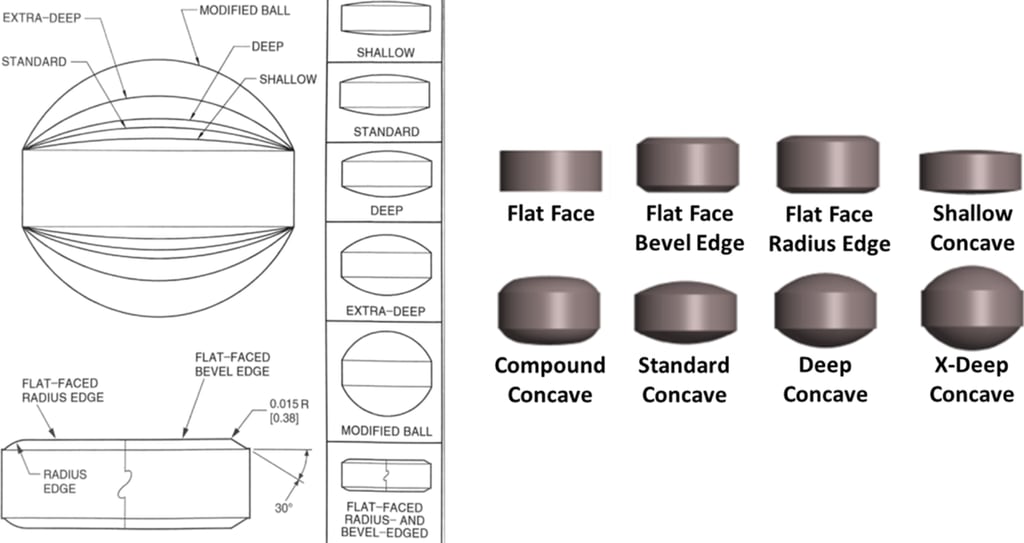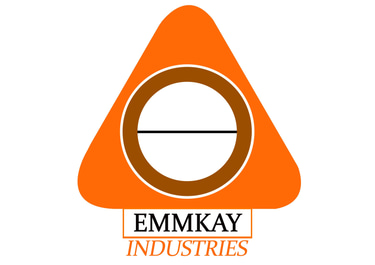Tablet Tooling Selection
Navigating the tablet tooling landscape


Selecting the Right Tablet Tooling for Optimal Tablet Production
Navigating the tablet tooling landscape is essential for any manufacturer looking to fine-tune their production process. In our series "Selecting the Right Tablet Tooling for Optimal Tablet Production,". In our blog we'll explore how to choose and apply the right tooling configurations to meet your specific needs. Visit EMMKAY Industries for the latest innovations and expert insights.
1: Factors Influencing Tablet Tooling Selection
Tablet tooling selection is a multi-faceted decision that directly impacts the quality and efficiency of tablet production. Several key factors should be considered when choosing the optimal tooling:
Product Type: The nature of the pharmaceutical formulation—whether it is compressible or poorly compressible—plays a major role in tooling choice.
Tablet Size and Shape: The desired final tablet form, be it round, capsule, oval, or another configuration, helps determine the specific tooling design required.
Granule Characteristics: Properties of the granules, including stickiness, hardness, and fines, must be considered. Formulations requiring high compression force may necessitate more robust tooling components.
Production Throughput: High-output environments might demand tooling that minimizes downtime due to wear or re-calibration.
2: Understanding Punch Tip Profiles and Their Impact
The punch tip is a critical component in tablet tooling, and its profile determines how the powder blend is compressed and shaped. This post examines various punch tip designs such as:
Flat-Faced, Bevel-Edged, and Shallow Concave Profiles: Streamlined for day-to-day production needs and rapid compression cycles.
Standard, Deep Concave, Extra Deep, and Modified Ball Profiles: Suited for tablets requiring embossing, engraving, or intricate logo work.
Flat Faced Bevel Edge and Flat Faced Radius Edge: Similarly Flat-Faced, Bevel-Edged, can be used for standard tablet production, quicker production cycles and less edge chipping than Flat-Faced Punches.
By comparing how different punch tip designs affect tablet characteristics such as hardness, thickness, and appearance, manufacturers can better tailor their tooling to the product’s specifications.


3. When to Choose Specific Tooling Types (e.g., BB, DB)
In our final section, we provide clear guidelines on selecting tooling based on specific production objectives. Key points include:
BB Tooling: Ideal for applications that require smaller outer diameters but utilize the same punches as B tooling—capable of producing round tablets up to a maximum of 13 mm.
DB Tooling: Offers similar punch designs to D tooling with a modified die diameter.
D Tooling vs. B/BB Tooling: D tooling may be preferred when a higher compaction force and longer contact time are necessary for certain formulations.
This post helps manufacturers determine which tooling configurations match their product requirements and production goals, enabling better decision-making and longer tool life.
This blog is designed to help you navigate the complexities of tablet tooling selection, ensuring your production process is both efficient and of the highest quality. For more expert advice and the latest in tooling technology, visit EMMKAY Industries and let us be your guide in optimizing tablet production.





